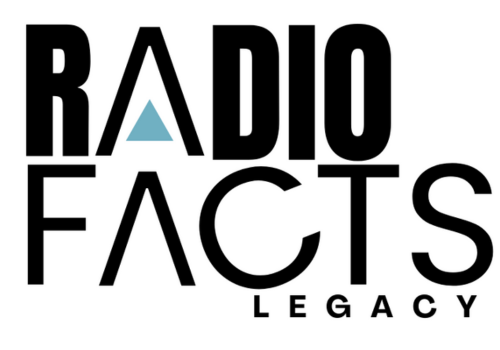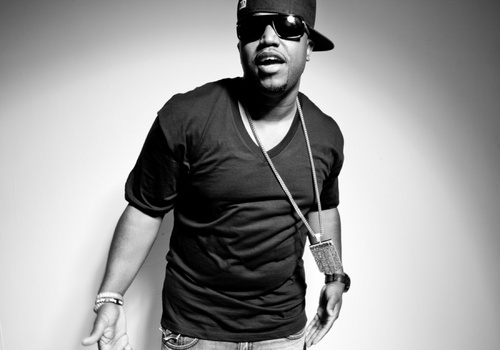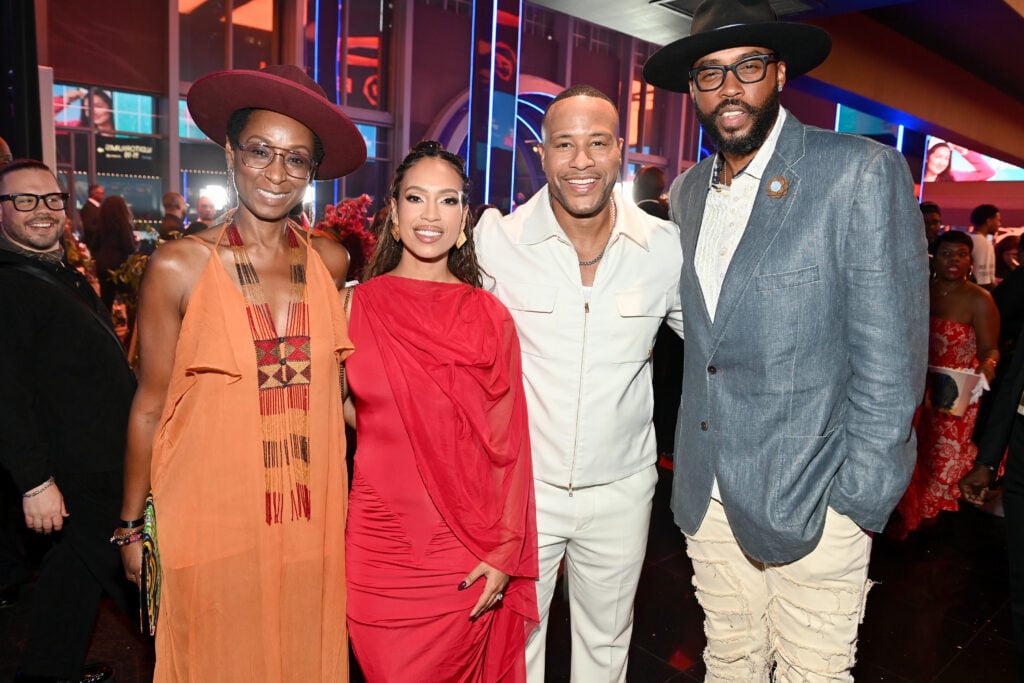By the 1930s, more than 90% of U.S. families owned radios. This change made America feel closer and more connected. Radio waves and electromagnetic radiation played a big role in this shift.
By 1924, over 530 radio stations were broadcasting in the U.S. They reached about 10 million people. Radio waves were key in shaping music culture and advancing communication technology.
Radio waves are a form of electromagnetic radiation. They have driven the growth of communication technology. This allowed sound and music to reach many people. The history of radio includes major milestones like the start of CBS and NBC networks and the use of radio ads during the Great Depression.
Introduction to Radio Waves and Sound
Learning about radio waves is key to understanding how sound travels through electromagnetic waves. Radio waves have a frequency spectrum that lets them send sound signals far away. This happens when sound waves turn into electromagnetic waves, then broadcast as radio frequency.
The science behind sound and music is quite complex. It involves physics and engineering. Signal propagation is important in radio wave transmission. It shows how far and clear the signal can go. Radio waves are made by charged particles moving fast and can be different types based on their frequencies.
Knowing how radio waves and sound work helps us enjoy music and shows everywhere. Turning sound waves into electromagnetic waves is crucial for radio. The radio-frequency range is vital for sending sound waves.
The Evolution of Radio Technology
Radio technology has changed a lot since it started. James Clerk Maxwell found electromagnetic waves in 1873. This discovery helped create wireless systems, changing how we connect and get information.
In the early 1900s, Guglielmo Marconi sent telegraph messages across the English Channel. This was a big step for radio. FM and AM radio improved the quality and range of wireless signals. By the 1920s, radio was a big part of American life, with many stations popping up.
Early Days of Radio Broadcasting
The first commercial radio station, KDKA in Pennsylvania, started in 1920. WWJ in Detroit followed soon after. These stations led to the Golden Age of Radio, from the late 1920s to the early 1950s. Radio became a hit, offering music, news, and entertainment to millions.
Advancements in Radio Technology Over the Decades
Improvements in portable radios and the transistor made big changes. Printed circuit wiring and integrated circuits made radios smaller and more efficient. Today, radio keeps getting better, with digital technology and new wireless systems.
The Influence of Radio on Music Genres
Radio has greatly shaped music genres by broadcasting electromagnetic waves far and wide. This lets artists share their music with more people. For example, rock and roll’s rise was boosted by radio, starting with KDKA in Pittsburgh’s first commercial broadcast in 1920.
Radio’s effect on music is clear in its role in shaping trends. It uses signal propagation to reach many listeners, helping certain genres become popular. Today, 57% of music fans tune into AM/FM radio monthly. This shows radio’s lasting impact on music, helping listeners find new tunes and stay current.

Radio doesn’t just influence one genre; it plays a wide variety of music. From rock and pop to jazz and classical, radio’s radio frequency and signal propagation reach many. This makes radio key in shaping music genres and influencing culture beyond music.
The Impact of Radio Broadcasting on Society
Radio broadcasting has greatly shaped society. It uses communication technology to share ideas and information. With wireless transmission, it reaches many people, helping to exchange cultures and understanding.
The specific frequency spectrum used allows broadcasts to travel far. This connects people in different areas.
Radio helps build community by creating a shared experience. It promotes cultural exchange, letting people learn about various cultures through music and programs. Studies show radio has helped bring about social change, with leaders like Franklin D. Roosevelt and Winston Churchill using it to speak to their nations.
Building Community through Local Stations
Local radio stations are great at building community. They give a platform for local artists and issues. The communication technology used lets these stations reach more people, showcasing local culture and identity.
By using a specific frequency spectrum, they target their audience. This creates a strong sense of community and connection.
Radio’s Role in Cultural Exchange
Radio has been key in cultural exchange. It lets people learn about different cultures through music and programs. The wireless transmission of radio broadcasts connects people over long distances.
This exchange of ideas and information promotes cross-cultural understanding and appreciation.
Challenges Facing Radio in the Digital Age
Radio has been a key part of our lives for many years. But, it now faces big challenges in the digital world. The rise of streaming services has changed how we listen to music and news. Electromagnetic radiation and radio waves are still important for sending signals. Yet, the industry must keep up with new tech and trends to stay important.
Digital radio and social media are key for radio’s future. With over 44,000 radio stations worldwide, offering content in many languages, the industry needs to innovate.
Competition from Streaming Platforms
Streaming services have made it tough for traditional radio. Many people prefer online services for their music and news. But, radio can still win by focusing on local content and community.
Adapting to New Technologies and Trends
To stay relevant, radio must embrace new tech and trends. This includes digital radio and social media for music promotion. By doing this, radio can keep being a vital part of our lives, offering a unique listening experience.
The Future of Radio and Music Culture
Radio technology is changing fast, bringing new chances for radio and music. Radio waves are now working well with digital platforms. This mix helps both listeners and artists a lot.
Smart speakers powered by electromagnetic radiation are making radio listening better at home. Music streaming services, driven by communication technology, are also changing how we listen to music.
New ideas for radio include using AI to make music just for you. Radio and digital media are teaming up more. This means radio can help new artists reach more people.
The future of radio and music is all about combining old and new. This way, listening to music becomes more personal and fun. Radio will keep being important for music lovers for a long time.





